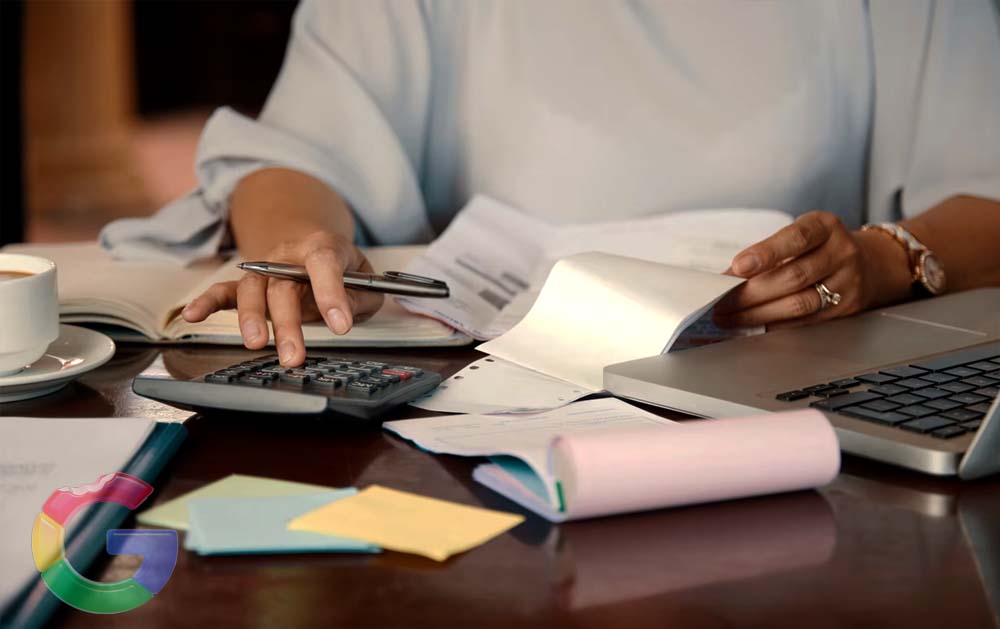It might be frustrating to owe money or to be behind on your repayments. The bright side is that there are actions you can do to eliminate debt and keep it at bay.
It’s important to know your financial obligations.
1. Knowing how much debt you have
List all of your debts, including:
- amount owed for each debt
- the bare bones of a payment plan (if any)
- If and when payment is due
Include any other money you owe, like Buy Now Pay Later, Credit Cards, Loan Repayments, Bills, and Fines.
To determine how much you owe overall, sum up all of your debts. Remember that you are in control of your money even if it all seems a little unsettling at first. That’s positive, by the way.
2. If you’re struggling, seek assistance
If your debts are overwhelming, you may be tempted to look for a simple way out. A payday loan or a higher credit card limit are examples.
Check with a financial advisor before making any hasty decisions. They will be able to break down all of your choices and assist you in formulating a strategy.
3. Work out what you can afford to pay
Determine how much of your income can actually go toward paying down your debts.
Money coming in and going out are compared.
Creating a budget is the quickest method of accomplishing this.
Money should be listed in order of appearance.
- incoming (income), such as salary, pension, or benefit payments
- Going out (debt and expenses), such as food, rent or mortgage, buy now, pay later, credit card, power, gas, phone, transportation
Compare the money coming in and going out after totaling these.
Reduce spending or save money.
Are you spending more money than you are earning? What if your costs are larger than you’d like them to be? If that’s the case, you need to make a decision.
To wit:
- Needs: Absolutely Necessary
- Wants: Could Live Without
Get creative and think of ways to save money. Don’t make it so unrealistic that it’s impossible to follow through on.
See Simple Strategies to Save Money for quick ways to cut back on spending.
Determine how much you owe in debt
After making changes to your spending, you should compare the amount of money coming in to the amount that is going out.
How much you can pay toward your debt each month is determined by the amount that is left over. The money you owe is here.
4. Prioritise your debt and bills
The next stage, after figuring out your debt money, is to prioritize your debt and bills.
Determine the order of your payments
The following items should be prioritized:
- Payments for rent or a mortgage
- costs charged by a corporation to the local government and other charges
- essential utilities include heat, air conditioning, plumbing, and a telephone
- Repayments on an automobile if it is necessary for you to get to and from work or school
To help you prioritize your debts, the National Debt Helpline provides a step-by-step method.
Budget for the most important bills first
Make a strategy to pay off your higher priority debts first using the money you have from your debt.
Talk to your service provider if you’re having trouble making payments on a large amount. Ask whether you may request an extension or pay in instalments.
Try setting calendar reminders for when your priority payments are next due.
If you’re trying to keep up with your bills and debts, talk to your provider about your choices. Taking action straight away can save a small problem from becoming a major one. Ask for financial hardship aid.
5. Start small and snowball your payments
Now you’ve got your bills prioritised and your debt money sorted, you’re ready to begin rolling on your repayments.
The easiest — and most inspiring — approach to get out of debt is the snowball method. You start small, and pay off your debts one by one. This is helpful for paying off credit card or personal loan debt.
Here’s how it works:
- In ascending order, please list all of your outstanding debts.
- Just make the minimal payment each month by utilizing the money you have set aside for your debts.
- Prioritize paying down your smallest debt using the money you have left over after paying off your larger debts. Just try to pay as much as you can each month until it’s paid off.
- When you’ve finally gotten rid of your debt, it’s time to celebrate by doing something you enjoy. You will be encouraged to carry on in this way. Then, focus on the debt that is the next smallest, and so on.
6. Get a savings mindset
Maintain your forward progress once you’ve established a handle on your debt. If you establish a habit of saving money, you can put off dealing with money issues.
To start:
- Put money aside regularly to establish a cushion against unforeseen costs.
- Start setting aside money by opening a savings account.
The next step is to plan how you will invest your money to increase its value so that you can buy the things you need. Some examples include putting money aside for a car, college tuition, or a down payment on a house.

